Results 7,591 to 7,600 of 12091
Thread: Anandtech News
-
12-01-17, 11:10 AM #7591
Anandtech: Cooler Master Announces MasterLiquid ML120L RGB and ML240L RGB CLC: Lighti
Cooler Master has introduced its MasterLiquid Lite RGB series of closed loop coolers. The MLL series of radiators are being touted by CM as reliable, well performing, and have quiet under load. The company is using a dual dissipation pump, which isolates the warm air inside the CPU block, as well as 120mm Masterfan Pro Air Balance RGB or Air Balance (non)RGB fans to push air through the radiator and keep the CPU cool.
There are four options to choose from in the MasterLiquid Lite series of coolers. First are the non-RGB LED models found in 120mm and 240mm radiator sizes. They are outfitted with either a single Master Fan Pro Air Balance fan for the 120mm or two in the case of the MasterLiquid Lite 240. The MasterLiquid ML120L RGB and ML240L RGB use the Masterfan Pro Air Balance RGB fans for the lighting as well having RGB LEDs on the top of the pump lighting up the Cooler Master name. The tubing connecting the radiator to the CPU block and pump is double layered and made of FEP on the inside and has a braided sleeve on the outside for aesthetics.
Both of the RGB units include a wired RGB controller and RGB splitter in order to synchronize its RGB with your motherboard supporting board partner’s software. This includes ASUS AURA Sync, GIGABYTE’s RGB Fusion, MSI’ Mystic Light Sync, and ASRock's RGB LED applications (see compatibility list HERE). The wired controller is able to cycle through six preset modes, adjust the color, and brightness. The CLCs will fit Intel LGA2066/2011-v3/2011/1151/1150/1155/1156/1366/775 sockets while AMD compatibility is listed as AM4/AM3+/AM3/AM2+/AM2/FM2+/FM2/FM1 sockets.
The radiators are made of aluminum and are painted matte black. Cooler Master says it is a low resistance radiator yielding a higher flow rate and better heat exchange efficiency. We are not able to confirm the fin density through published specifications. The Air Balance fans range from 650-2000RPM, are PWM controlled, and rated to deliver 66.7 CFM and 2.34 mmH2O (max). Noise levels are said to range from 6-30 dba. The Dual Dissipation pump, which isolates heated coolant from the cooled coolant, is rated to less than 15 dba for noise and is controlled via a 3-Pin connector.
The non-RGB models can currently be found on Amazon while Newegg carried both the RGB and non-RGB models. With all units priced under $70, they are some of the less expensive AIOs on the market, especially those using RGB LEDs.
Buy MasterLiquid Lite ML240 on Newegg
Gallery: Cooler Master MasterLiquid Series CLCMasterLiquid ML120L / ML240L and ML120L RGB / ML240L RGB CPU Socket Compatibility Intel- LGA 2066/ 2011-3 / 2011 / 1151 / 1150 / 1155 / 1156 / 1366 / 775
AMD - AM4 / AM3+ / AM3 / AM2+ / AM2 / FM2+ / FM2 / FM1
(Theadripper optional)Radiator Material Aluminum Dimensions ML120L - 157 x 119.6 x 27mm
ML240L - 277 x 119.6 x 27mmFan Dimensions 120 x 120 x 25mm Speed 650 ~ 2000 RPM (PWM) +/- 10% Air Flow 66.7 CFM (Max) Air Pressure 2.34 mmH2O (Max) MTTF 160,000 Hours Noise Level 6 ~ 30 dBa Connector 4-Pin (PWM) Pump Dimensions 80.3 x 76 x 42.2mm MTTF 70,000 Hours Noise Level < 15dBa Connector 3-Pin Price ML120L - $49.99 / ML240L - $59.99
ML120L RGB - $59.99 / ML240L RGB - $69.99Warranty 2 Years 





Related Reading:- EKWB Announces EK-MLC Phoenix AIO: MOdular and Expandable Liquid Cooling Family
- Enermax Launches LiqTech TRO AIO LCS for AMD's Threadripper: 100% IHS Coverage, 500W TDP
- The Fractal Design Celsuis S24 & S36 AIO Coolers Review
- EKWB Releases 420mm and 560mm CoolStream Slim Radiators
- EKWB Unveils Threadripper Edition EK Supremacy EVO CPU Water Blocks
- EKWB Releases New Varder EVO Fan with Start-Stop Function
More...
-
12-02-17, 12:06 PM #7592
Anandtech: Cherry Launches MC 4900 Mouse with Fingerprint Reader, 1375 DPI Sensor
Nowadays Cherry is known primarily for its mechanical switches for keyboards, but the company also manufactures its own range of peripherals and accessories as well, some of which are unique. This week Cherry introduced its MC 4900 mouse that features an integrated fingerprint reader compatible with Microsoft’s Windows Hello aiming individuals and organizations concerned about security that want to take advantage of easy biometric authentication.
The Cherry MC 4900 (JM-A4900) is an ambidextrous mouse for office and other business environments. The pointing device does not feature the extravagant design or tailored ergonomics found on premium and gaming mice, but it still features rubberized side panels and a wide scroll wheel for added comfort. The Cherry MC 4900 uses an optical sensor with a sampling rate of 1375 DPI, which is nearly in line with the performance offered premium office/professional mice by other manufacturers (e.g., Logitech's MX Master has a 1600-DPI sensor). But while performance is important, is not the key feature of the product.
The main advantage of the Cherry MC 4900 over competing mice is the integrated Crossmatch TouchChip TCS2 fingerprint sensor that uses capacitive sensing technology. The sensor has a 508 DPI resolution and can capture fingerprints ta a rate of 12 FPS. The TouchChip TCS2 supports AES128 to encrypt fingerprint data when it is transferred over the USB bus, but it is unknown whether Crossmatch's software uses secure environments such as those enabled by the Intel SGX and Microsoft Windows 10 VBS to process fingerprint data.
Cherry’s MC 4900 mouse is compatible with Windows Hello and Windows Biometric Framework, but there is an SDK that can enable the biometric authentication on other platforms, including Apple’s MacOS or Linux.
Cherry said that the MC4900 mouse is available now with silver or black finish from select retailers at a recommended retail price of €110/$130/£100.
Buy Cherry B.Unlimited AES Encrypted Wireless Keyboard and Mouse on Amazon.com
Related Reading- Logitech Boosts Precision of G203 Prodigy Mouse to 8000 DPI via Firmware Update
- Logitech Launches the MX Ergo Trackball: Bringing Trackballs into 2017
- Logitech Launches G603 ‘Lightspeed’: 12,000 DPI Hero Sensor, 1 ms Polling, 500 Hrs Battery
- Corsair Launches Glaive RGB Mouse: 16,000 DPI, Interchangeable Grips, LEDs
More...
-
12-02-17, 12:06 PM #7593
Anandtech: Mega Memory: Crucial Ships 128 GB DDR4-2666 Modules for Servers at $3999 p
Crucial has started shipments of its fastest and highest density server-class memory modules to date. Crucial’s 128 GB DDR4-2666 LRDIMMs are compatible with the latest memory-dense servers. These modules should be usable in both AMD EPYC systems and Intel Xeon systems, however Crucial states that they are optimized for Intel’s Xeon Scalable CPUs (Skylake-SP) launched earlier this year, and are aimed at mission-critical RAM-dependent applications. Due to the complexity of such LRDIMMs, and because of their positioning as super dense memory, the price is very high.
Crucial’s 128 GB LRDIMMs are rated to operate at a 2666 MT/s interface speed with CL22 timings at 1.2 V. The module is based on Micron’s 8 Gb DRAM ICs, are made using 20 nm process technology, and are assembled into 4Hi stacks using TSVs. The LRDIMM uses 36 of such stacks of ICs. Stacking naturally makes organization of the module very complex: we are dealing with an octal ranked LRDIMM featuring two physical ranks and four logical ranks. Making such a module run at 2666 MT/s is a challenge, so they end up running at relatively high latencies (which are higher than CL17 – CL20 specified by JEDEC for DDR4-2666). This can somewhat diminish the benefits of relatively high clocks, but is not surprising in order to keep them stable.
The key advantage of 128 GB LRDIMMs is their density. For example, a dual-socket Xeon Scalable platform using the -M suffixed processors, featuring 12 memory slots, can expand the maximum memory size by 2X to 1.5 TB from 768 GB by using 128 GB LRDIMMs over 64 GB LRDIMMs. For DRAM-dependent applications, such as large databases, holding everything in memory is the most important thing for performance. Obviously, such performance advantage will come at a price.
According to Crucial, production of 128 GB LRDIMMs involves 34 discrete stages with over 100 tests and verifications, making them particularly expensive to manufacture. These costs are then passed to customers buying such modules. The company sells a single 128 GB DDR4-2666 module online for $3,999 per unit, but server makers naturally get them at different rates based on quantity and support. At this rate, a full Xeon-SP system would cost $48k per socket, or for an EPYC system at 2 TB for each CPU, it would come to $64k per socket. At these rates, spending $13k or $4k for a CPU suddenly becomes a diminished part of the initial hardware cost (which is some justification for high-priced CPUs). At the Xeon-SP launch, Intel stated that fewer than 5% of its customers would use high memory capacity server configurations, though given how big the server market is, that is still a sizeable portion.Specifications of Crucial's Server 128 GB DDR4-2666 LRDIMM Module Capacity Latencies Voltage Organization CT128G4ZFE426S 128 GB CL22 1.2 V Octal Ranked
Crucial says that its 128 GB LRDIMMs are compatible with Xeon Scalable-based servers from various OEMs as well as software like Microsoft SQL and SAP HANA. We would expect them to be compatible with AMD EPYC servers too, however Crucial drives home the point about being optimized for Intel. Each module is tested individually to ensure maximum reliability for mission-critical applications. Specific support for these modules will be down to OEMs, as with other memory.
Buy Crucial 64 GB DDR4-2666 CL19 LRDIMM on Amazon.com
Related Reading- Intel Unveils the Xeon Scalable Processor Family: Skylake-SP in Bronze, Silver, Gold and Platinum
- Crucial Announces DDR4-2666 DIMMs for Upcoming Server Platforms
- Sizing Up Servers: Intel's Skylake-SP Xeon versus AMD's EPYC 7000 - The Server CPU Battle of the Decade?
- Dual Xeon Scalable Overclocking: ASUS WS C621E 'Sage' Workstation Motherboard Announced
- DDR4 Haswell-E Scaling Review: 2133 to 3200 with G.Skill, Corsair, ADATA and Crucial
- ASRock Rack Announces EP2C612D24 and 4L: Dual Socket Haswell-EP with 24 DDR4 Slots
Gallery: Crucial Ships 128 GB DDR4-2666 CL32 LRDIMMs for Xeon SP Servers: $3,999 per Unit




More...
-
12-04-17, 07:16 AM #7594
Anandtech: The ASRock X299E-ITX/ac Motherboard Review: An 18-core No-Compromise Mini-
Our next X299 motherboard review shrinks down from the large ATX and E-ATX sized motherboards to the sole Mini-ITX offering for the X299 platform. The ASRock X299E-ITX/ac is a diminutive board that offers nearly all of the same features as its larger counterparts but in a package well suited for SFF systems. Users will find four SO-DIMM memory slots for quad channel operations, dual Intel NICs, six SATA ports, three M.2 slots (!), plus integrated Wi-Fi and Bluetooth capabilities.
More...
-
12-04-17, 07:16 AM #7595
Anandtech: Toshiba Samples New UFS 2.1 NAND: Up to 900 MB/s Reads For 2018 Smartphone
Toshiba has announced that it had started sample shipments of its latest UFS storage devices based on its 64-layer BICS3 3D TLC NAND memory. The new devices are compliant with the UFS 2.1 specification and can offer very high performance for demanding mobile devices, such as smartphones, tablets, and VR headsets.
Toshiba did not reveal when it plans to ship its UFS 2.1 storage devices powered by BICS3 3D TLC memory in its press release, but it is logical to expect the chips to end up inside 2018 smartphones and other devices. Earlier this year some makers of handsets suffered from shortages of NAND flash in general and UFS 2.0/2.1 devices in particular, so Toshiba’s upcoming launch of its new UFS 2.1 storage will be appreciated by the industry.
Toshiba’s new UFS 2.1 storage devices based on the company’s 64-layer BICS 3D TLC NAND memory will be available in 32 GB, 64 GB, 128 GB, and 256 GB configurations. The storage devices come in JEDEC-standard 11.5×13 mm package and use two full-duplex HS-Gear3 lanes with 5.8 GT/s data transfer rate per lane. Toshiba advertises up to 900 MB/s sequential read speed and up to 180 MB/s sequential write speed for the 64 GB model while also promising improvements of random read/write performance. Meanwhile, the 32 GB SKU is naturally slower than the higher-capacity models due to lower parallelism.
The manufacturer says it uses an in-house developed UFS 2.1 storage controller for the new devices. The company only mentions its expected functions, such as performing error correction, wear leveling, logical-to-physical address translation, and bad-block management, but does not elaborate.
Buy Toshiba OCZ TR200 240 GB on Amazon.com
Related Reading- Toshiba Updates XG5 NVMe SSD With Faster And Larger XG5-P
- Toshiba Weds 3D NAND and TSV: Up to 1 TB 3D TLC Chips with 1066 MT/s I/O Incoming
- Toshiba Samples 64-Layer 512 Gb BiCS 3D NAND, Announces 1 TB BGA SSD
More...
-
12-04-17, 08:34 AM #7596
Anandtech: AMD Releases Radeon Software Crimson ReLive Edition 17.11.4
Late last week, AMD released Radeon Software Crimson ReLive Edition 17.11.4, bringing a few bug fixes and support for the Oculus Dash open beta and DOOM VFR ahead of their launches. As a more minor update, 17.11.4 comes right after the 17.11.3 Radeon RX Vega Hotfix, and is likely the last version of Crimson ReLive Edition as AMD gears up for their yearly major driver update in Radeon Software Adrenalin Edition, coming later this month.
For Oculus Dash, the feature is part of Rift Core 2.0, Oculus’ own software overhaul for their desktop application. Now that it is December, the update is available as an open beta after enrolling in the Public Test Channel, available under the Oculus app settings. The Dash feature is essentially the system menus and UI in the form of a VR overlay, running on top of VR applications or games. Along with Home, the combined concept is reminiscent of Cliff House in Windows Mixed Reality. Dash is built on the React VR framework and can only run as an overlay on Windows 10. VR features are often better explained visually, so we’ve included the Oculus Dash introductory video below.
Buy Oculus Rift + Touch on Amazon.com
Although the 17.11.3 release notes appear inaccessible at this time, the hotfix featured only one documented change: resolving intermittent crashing on some Radeon RX Vega series graphics. 17.11.4 adds on two more RX Vega related bugfixes, resolving system instability caused by adjusting HBCC segment size on certain configurations of RX Vega cards, as well as RX Vega reporting incorrect power and clock values. Additionally, AMD resolved system hangs when switching display modes in Star Wars Battlefront II on CrossFire configurations.
In terms of known issues, most of the ones documented have been noted in previous driver updates. The list of open issues is as follows:
- Intermittent or random hanging in Overwatch; disabling ReLive may resolve the hanging.
- Tom Clancy's Rainbow Six Siege may hang when breaching walls with grenades or explosives.
- Rise of the Tomb Raider hangs intermittently during gameplay.
- Some desktop productivity apps may experience latency when dragging or moving windows.
- Intermittent stability issues while enabling/disabling HBCC on RX Vega cards.
- A random system hang may be experienced after extended periods of use on system configurations using 12 GPUs for compute workloads.
- The GPU Workload feature may cause a system hang when switching to “Compute” while CrossFire is enabled; a workaround is to disable CrossFire before switching the toggle to “Compute workloads.”
- Resizing the Radeon Settings window may cause the user interface to stutter or exhibit corruption temporarily.
- Unstable Radeon WattMan profiles may not be restored to default after a system hang.
The updated drivers for AMD’s desktop, mobile, and integrated GPUs are available through the Radeon Settings tab or online at the AMD driver download page. More information on this update and further issues can be found in the Radeon Software Crimson ReLive Edition 17.11.4 release notes.
More...
-
12-04-17, 09:46 AM #7597
Anandtech: NVIDIA Releases 388.43 WHQL Game Ready Driver
With the launch of DOOM VFR on Thursday, NVIDIA has released driver version 388.43 to bring DOOM VFR support. And for those who miss the NVIDIA system tray icon, 388.43 also adds NV Tray back in. Otherwise, 388.43 was rather sparse, documenting bugfixes for only two issues: NVIDIA Control Panel crashes when “With the NVIDIA Settings” video color settings option is selected while cross-adapter clone mode is enabled, and Wolfenstein II crashing on Optimus-enabled notebooks.
At launch, DOOM VFR could not be run on the Oculus Rift, with a later workaround coming in the form of a SteamVR beta update from Valve. Bethesda clarified that only the HTC Vive and PSVR were being supported at launch, and stated that DOOM VFR’s incompatibility with the Rift was because their developers had not tested their game on the Rift yet.
In terms of NVIDIA cards, the GeForce GTX 1070 is noted as minimum requirement while the GTX 1080 is recommended. Though relatively powerful cards, as a fast-paced VR title high and steady framerates are necessary to avoid VR motion sickness, and ideally keeping 90+ fps on the 90Hz refresh rate Vive and Rift.
Buy HTC Vive on Amazon.com
Wrapping up this minor driver update, NVIDIA notes the following open issues in 388.43, pertaining to Windows 10 systems:
- No display output when connecting a DisplayPort and two DVI monitors on GeForce GTX 780 Ti SLI configurations.
- The OS fails after installing GeForce Titan (Kepler) on Ryzen Threadripper motherboards.
- System hangs when launching Star Wars Battle Front II in DX12 mode on Kepler based GPUs.
- With Unigine Heaven benchmark is running in windowed mode, a blue screen crash occurs while loading video content.
- Flickering on internal G-Sync 120Hz panels when G-Sync is enabled on GeForce GTX 1080 equipped notebooks.
The updated drivers are available through the GeForce Experience Drivers tab or online at the NVIDIA driver download page. More information on this update and further issues can be found in the 388.43 release notes.
More...
-
12-04-17, 11:44 AM #7598
Anandtech: Intel’s Diane Bryant Retires, Joins Google Cloud as COO
After 32 years with Intel, Diane Bryant, who served as the head of Intel's Data Center Group from 2012 to mid-2017, decided to retire from the company. Ms. Bryant was subsequently announced as joining Google Cloud as COO. Navin Shenoy will continue to lead Intel’s DCG.
Diane Bryant took a leave of absence from Intel to focus on personal family matters in early May. Initially, she planned to step away for the following six to eight months and then return to a new position at the chip giant. Six months were to end on December 3, but instead of returning to Intel, Ms. Bryant decided to retire from the chip company effective December 1 and join Google Cloud, where she will serve as COO. Her exact responsibilities are not completely clear at the moment, but given her position, it is logical to assume that she will be responsible for day to day Google Cloud’s business operations as well as its evolution (from a tactical point of view) going forward.
Diane Bryant joined Intel in 1985 and worked at different positions throughout her career. Most recently she served as the head of Intel’s DCG, where she headed its transformation from a group focused on the development of server platforms to a business unit that develops various solutions for data centers, including servers, networking, and storage equipment.
In a filing with the Securities and Exchange Commission (SEC), Intel said that it would sign an agreement with Ms. Bryant that would put “certain restrictions on the use of confidential information and on solicitation of Intel employees”. The filing also mentions that Ms. Bryant will receive Intel's retirement benefits and receive a separation payment of $4.5 million. The official statement from Intel on the news is as follows:
"We are extremely grateful for Diane’s contributions to Intel over the last 32 years, and wish her well with her new opportunity."As for Intel, the company is confident of Navin Shenoy and is satisfied with his management of DCG. Before taking over DCG, he was responsible for Intel’s Client Computing Group and before that he held different positions at the company, including sales and marketing.
Related Reading- Intel to Develop Discrete GPUs, Hires Raja Koduri as Chief Architect & Senior VP
- Raja Koduri, AMD’s Radeon Tech Group Leader, Resigns
- Intel Unveils the Xeon Scalable Processor Family: Skylake-SP in Bronze, Silver, Gold and Platinum
Sources: Intel, Google.
More...
-
12-04-17, 11:44 AM #7599
Anandtech: NCIX Files for Bankruptcy After Restructuring Attempts
NCIX filed for bankruptcy last Friday after closing down its last walk-in retail store. The exact reasons why the company had run out of money are not disclosed officially, but chatter indicates that NCIX spent too much on retail stores and too little on improving the efficiency of its online business.
NCIX (or Netlink Computer Inc.) was founded in 1996 by Steve Wu in Burnaby, British Columbia. Initially, NCIX was a walk-in retail outlet, but in 1997 the company began to sell products online, attracting customers both from Canada and the US. Over the years, NCIX established multiple walk-in stores in Canada and expanded its online business in North America to a point when it had to build a distribution center in California to serve its customers from the US. faster and cheaper. For years, the company has competed both against traditional retailers as well as against online rivals like Amazon and Newegg. NCIX survived multiple PC retailers in Canada, which encouraged it to focus on “real” stores. So instead of investing in online sales assets (such as warehouses, distribution centers, and delivery methods), the company invested heavily in large walk-in retail outlets in the recent years, its former employees say. In total, the company used to have about a dozen of retail locations in Canada, all of which were expensive to run.
Since NCIX remains a privately-owned entity, it does not show its financial results to the public, so it is unclear how much money it earned and how much money it lost in the recent years. What is known is that NCIX has been shutting down its walk-in outlets since July and then in September it announced a restructuring plan under which it would focus on online sales. On November 30, the firm closed down its last retail store and on December 1 it filed for bankruptcy with the Supreme Court of British Columbia, under File Number 170816. The website of the Supreme Court does not offer any details about the insolvency but reveals that Bowra Group will manage the procedure.
At press time, NCIX’s website was up, but it is hard to recommend to make purchases from a retailer that is in the midst of insolvency. At present, it is unknown what is going to happen to the online store and to the brand.
Sources: NCIX, CSO, LinusTechTips.
More...
-
12-04-17, 02:43 PM #7600
Anandtech: Philips Brilliance 328P6AU QHD Display Launched: USB-C Dock, 99% AdobeRGB,
Philips has formally announced its 328P6AUBREB monitor it demonstrated earlier this year. The 31.5” QHD display supports the AdobeRGB color gamut and has a built-in USB-C dock that features USB ports, a gigabit Ethernet port, and conforms to USB Power Delivery specifications to support power to laptops. The monitor is positioned as a solution for professionals and prosumers who need the AdobeRGB color profile. The built-in USB-C dock will also be a strong benefit for Apple’s latest MacBook and MacBook Pro laptops that only feature USB-C connectors.
The Philips Brilliance 328P6AUBREB (or 238P6AU for short) display belongs to the company’s P-Line family for professionals and prosumers that require high quality and advanced features. The Philips 328P6AU covers 100% of the sRGB as well as 99% of the Adobe RGB color spaces, and each screen is factory calibrated to Delta E
Thread Information
Users Browsing this Thread
There are currently 17 users browsing this thread. (0 members and 17 guests)






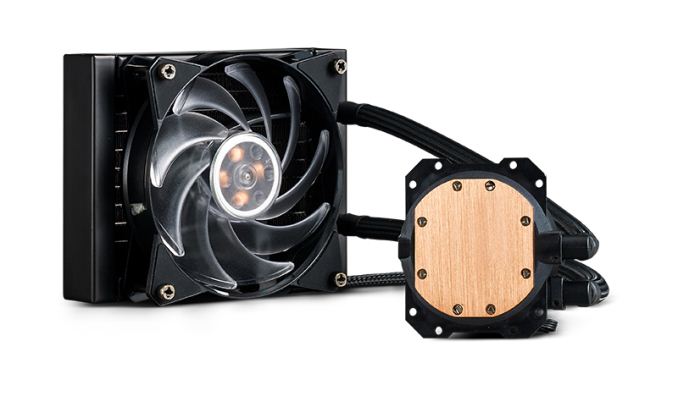

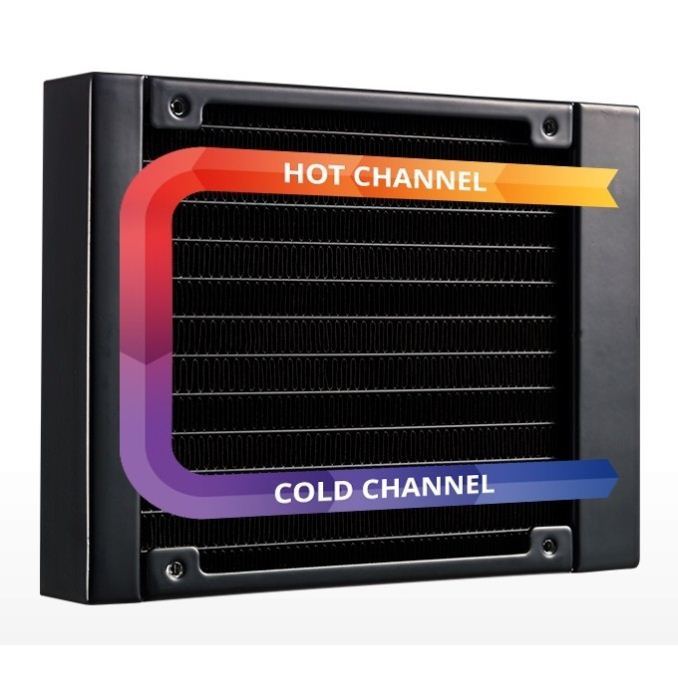

 Quote
Quote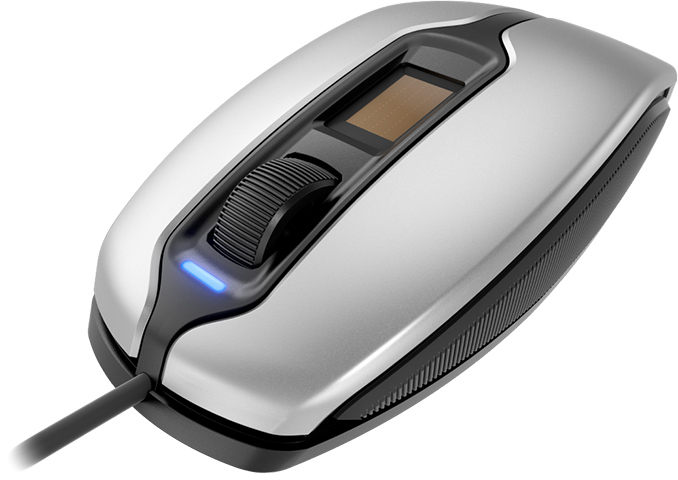
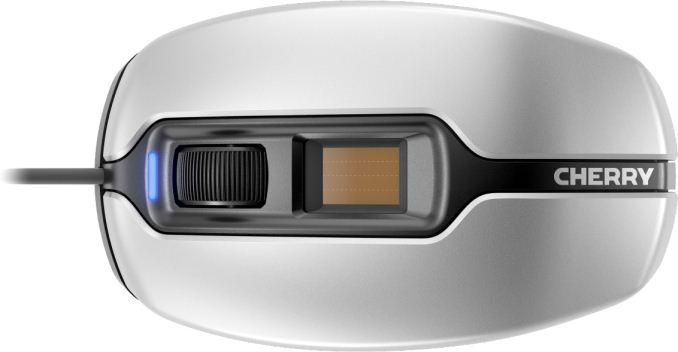

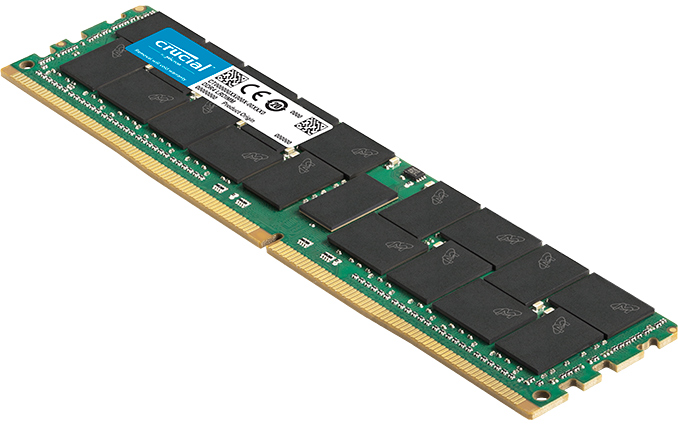


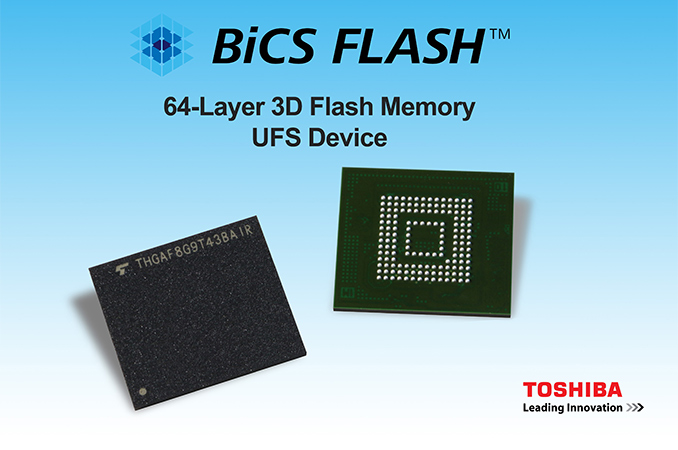
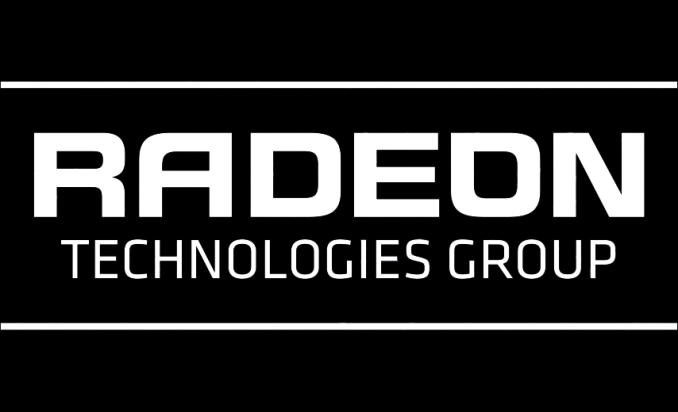
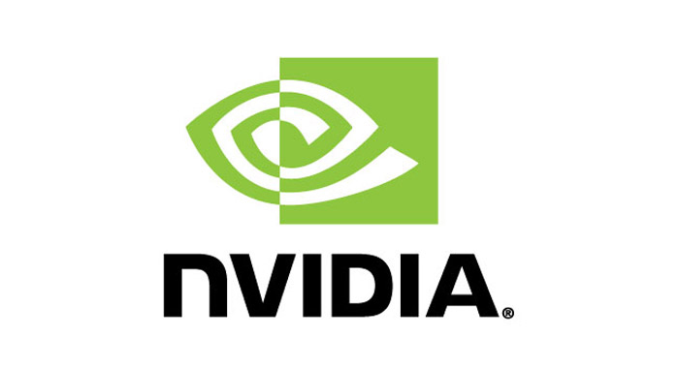
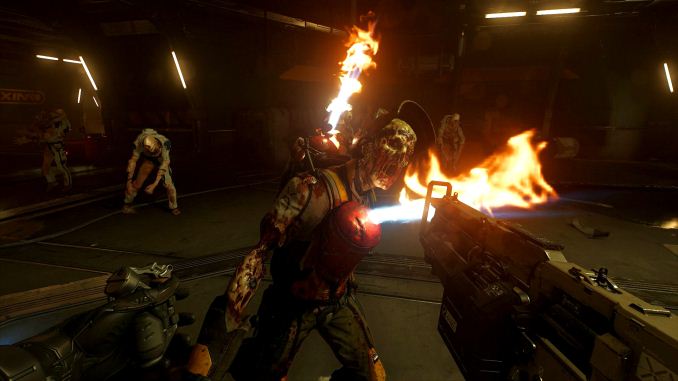


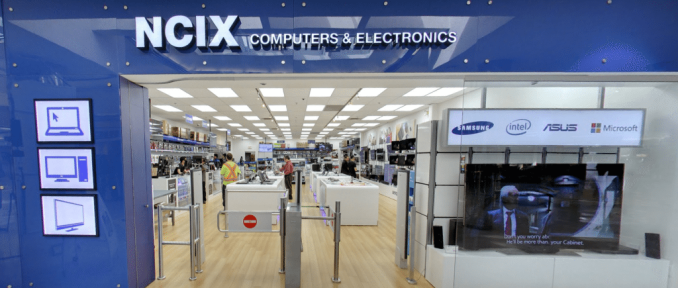
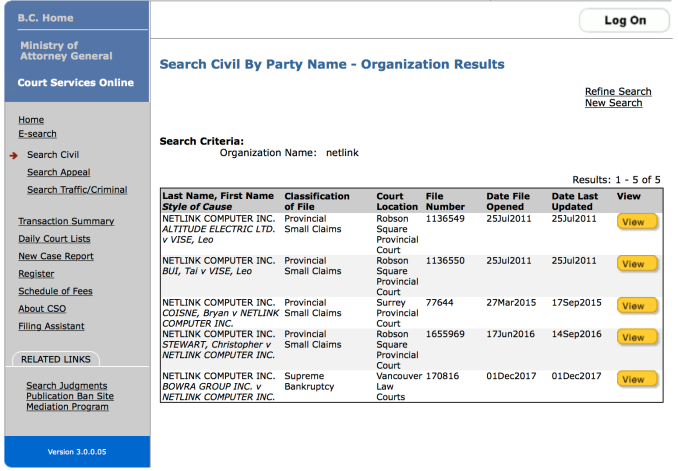
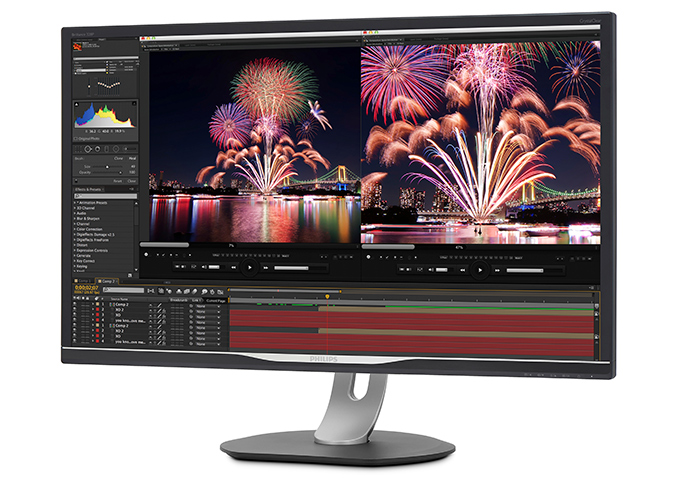
















Bookmarks